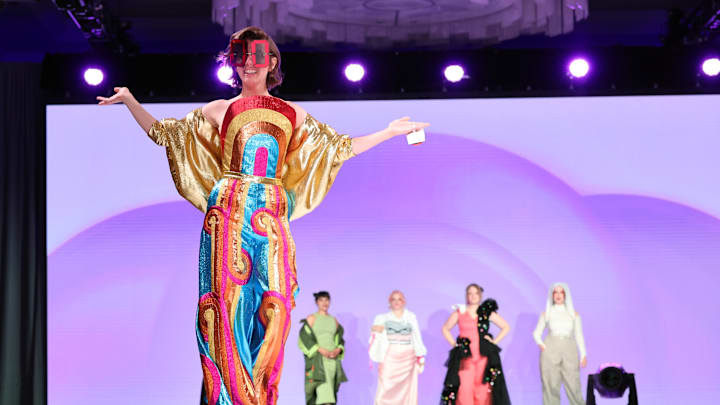The Cultural Impacts and Movements of Fashion

### The Cultural Impacts and Movements of Fashion
Fashion is not just about clothing; it is a powerful medium that reflects and shapes cultural narratives. Throughout history, fashion has been influenced by social movements, economic conditions, and cultural exchanges, making it a rich tapestry that tells the story of humanity. Understanding the cultural impacts and movements of fashion can provide valuable insights into how our identities and societies evolve.
One of the most significant cultural movements in fashion emerged during the 20th century, particularly in the context of social change. The women’s suffrage movement of the early 1900s marked a pivotal moment in fashion history. As women fought for their rights, they adopted more practical attire that allowed for greater freedom of movement. The flapper style of the 1920s, characterized by short skirts and boyish silhouettes, symbolized women’s liberation and a break from traditional gender roles. This shift not only changed what women wore but also challenged societal expectations about femininity and independence.
The 1960s and 70s brought about another transformative period, as youth culture began to dominate the fashion landscape. The counterculture movements of these decades, including the hippie and punk movements, rejected mainstream fashion and embraced individualism. Hippie fashion featured flowing garments, vibrant colors, and ethnic patterns, celebrating a connection to nature and spirituality. Conversely, punk fashion emerged as a form of rebellion, characterized by leather jackets, ripped clothing, and bold accessories. Both movements influenced not only clothing choices but also attitudes toward authority, consumerism, and self-expression.
In the late 20th and early 21st centuries, globalization and technological advancements began to reshape the fashion industry. The rise of the internet allowed for rapid dissemination of trends across the globe, fostering cross-cultural exchanges. Fashion designers drew inspiration from diverse cultures, leading to a blending of styles and aesthetics. However, this globalization also raised questions about cultural appropriation, as elements from marginalized cultures were often adopted without proper acknowledgment or understanding.
The importance of diversity in fashion has become increasingly recognized in recent years. Movements advocating for representation, such as #BlackLivesMatter and #MeToo, have influenced the industry by calling for more inclusivity on runways and in campaigns. Designers and brands are now more aware of the need to reflect the diversity of the global population, leading to a wider range of body types, ethnicities, and gender identities being represented in fashion.
Sustainability has also emerged as a crucial cultural movement within the fashion industry. As awareness of environmental issues grows, consumers are demanding more ethical practices from brands. This shift has led to the rise of sustainable fashion, where designers prioritize eco-friendly materials, ethical labor practices, and transparency in production processes. The push for sustainability is not just a trend but a fundamental change in how the industry operates, reflecting a collective desire for responsible consumption and environmental stewardship.
The intersection of fashion and technology is another area of cultural impact. The rise of social media influencers has transformed how trends are created and spread. Platforms like Instagram and TikTok allow for real-time sharing of styles and ideas, democratizing fashion and enabling individuals to express their personal styles. This shift has blurred the lines between high fashion and everyday wear, making fashion more accessible and varied than ever before.
In conclusion, fashion is a dynamic reflection of cultural movements and societal changes. From the women’s suffrage movement to the rise of sustainability, fashion serves as a mirror that captures the zeitgeist of different eras. As we continue to navigate a rapidly changing world, understanding the cultural impacts of fashion can help us appreciate its role in shaping our identities and influencing societal values. Ultimately, fashion is not just about what we wear; it is a powerful expression of who we are and the world we inhabit.